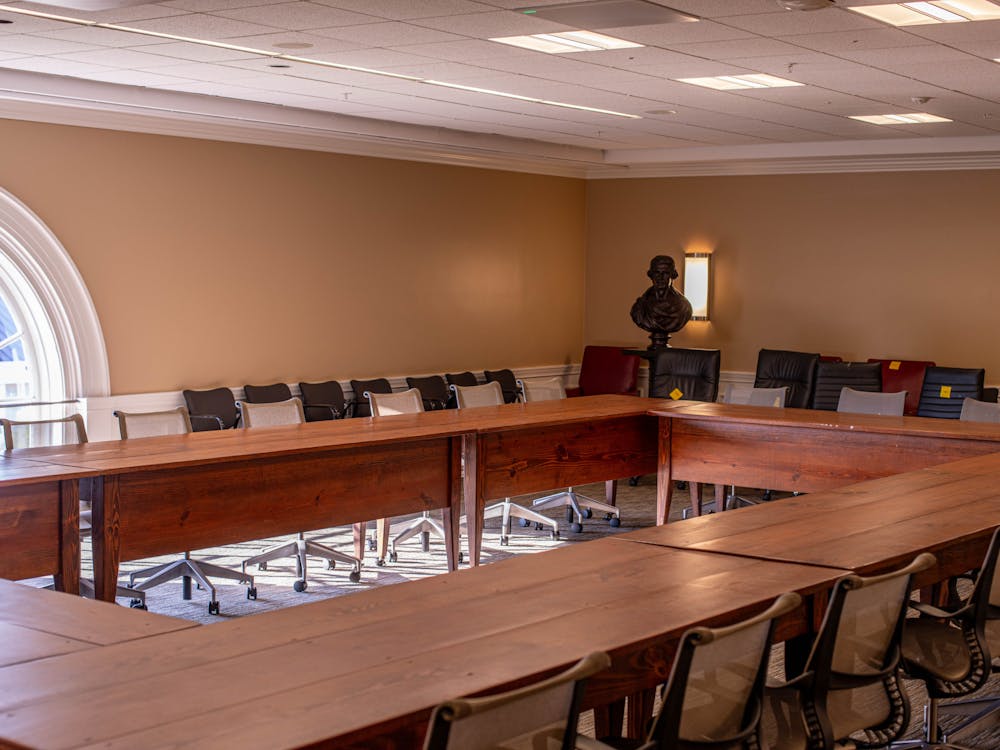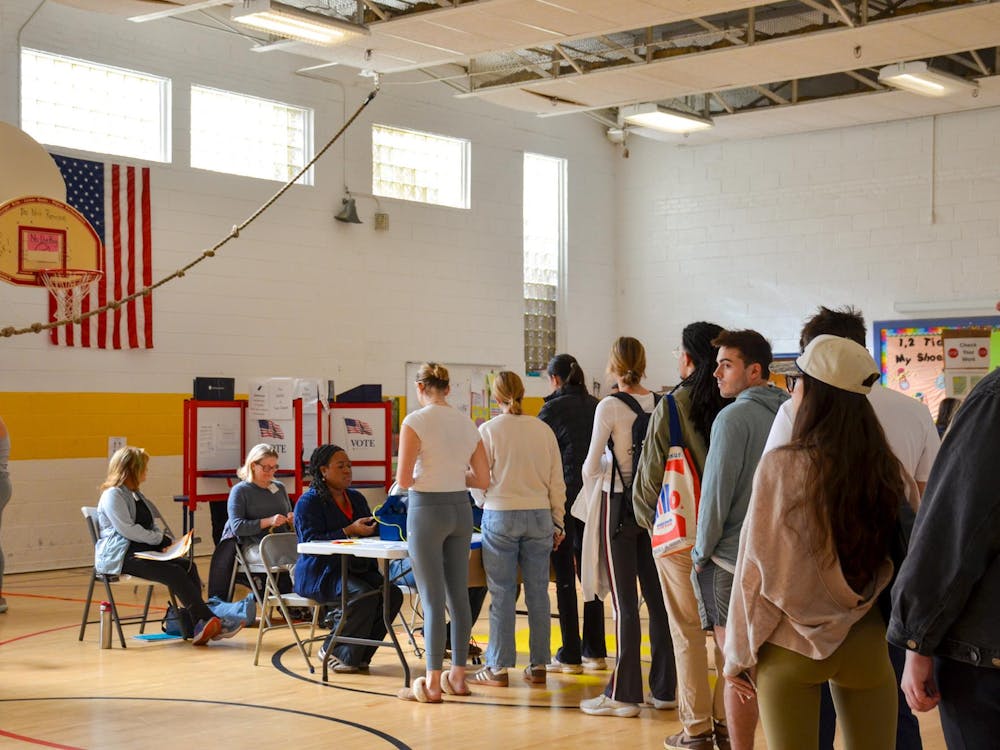Thanks to a $150,000 donation from the alumni association's Jefferson Circle, as well as donated labor from the Garden Club of Virginia, the garden behind Pavilion III will be renovated this summer.
Though originally restored in the 1950s by Alden Hopkins, the famed Colonial Williamsburg landscape architect, the gardens behind the West Lawn pavilions have not received any major restoration since they opened to the public in 1952.
"They have suffered a lot of wear and tear since then," University Landscape Architect Mary V. Hughes said.
Major repairs now required include reorienting garden paths, fixing drainage problems, repairing brick walls and making the garden handicapped accessible.
New plantings will be more faithful to Hopkins' original design, and additional shrubs will be placed in the garden, Hughes said.
The Jefferson Circle's donation will fund the construction aspect of the restoration, while the Garden Club of Virginia will aid the effort with new plantings and by funding a landscape consultant for the project.
"The hardscape and the drainage work will take through July, and then that's not a good time to plant in Virginia," Hughes said. "We hope to do the plantings in the fall."
According to Hughes, the gardens also have suffered from the budgetary neglect plaguing the rest of the University in recent years.
"If we had the funds, we'd be constantly painting and repairing [benches and gates] and replacing plants that are lost and keeping them always in top condition," she said. "Those things don't get done on a regular basis the way you'd hope for our most sacred historical district."
Currently, Hughes and fundraisers are attempting to raise a $5 million endowment for the gardens to be maintained in perpetuity. They already have raised $1.5 million dollars for the endowment.
Benjamin Ford, an archaeologist and 1998 Graduate School of Arts and Sciences graduate, will take advantage of construction excavation as an opportunity to perform important archaeological research in the Academical Village.
Ford said one of his most significant findings so far is a piece of what appears to be a 19th century brick wall. This piece could reveal the West pavilion gardens originally extended farther back toward the West Range than they now do.
"The University needs to emphasize archaeological research more than they have in the past," Ford said. The project "is one good example of how archaeology can be useful to the University."
If the weather cooperates over the summer for construction, the garden should be in usable form by October, Hughes said.






